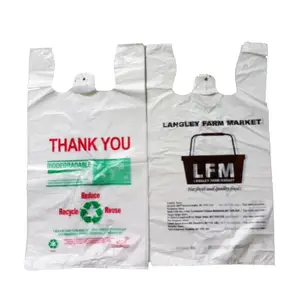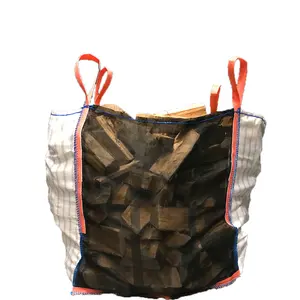Breathable Plastic Bags: An Overview
Breathable plastic bags serve a critical function in the packaging industry, catering to a variety of storage and transportation needs. These bags are tailored in multiple sizes and shapes, aligning with the diverse requirements of consumers. The utility of breathable plastic bags extends across numerous sectors, from food to pharmaceuticals, where the regulation of air flow is essential to maintain product integrity.
Types and Features of Breathable Bags
The market offers a spectrum of breathable poly bags, each with unique characteristics. Resealable options are prevalent, providing the convenience of maintaining product freshness and minimizing exposure to moisture. While not hermetically sealed, these bags are engineered to significantly restrict air ingress, which is crucial for prolonging the shelf life of perishable goods and safeguarding against potential hazards like food spoilage.
Applications in Various Industries
The application of breathable plastic bags is vast, with a notable presence in the retail sector. They are particularly advantageous for small-sized items such as spices and pharmaceuticals, where controlled ventilation is necessary. The design of these bags often incorporates features that cater to the specific needs of these products, such as preventing the accumulation of unwanted moisture or the escape of fine particles.
Environmental Considerations and Advancements
In the wake of environmental sustainability movements, the role of plastic bags has been scrutinized. The introduction of more rapidly degradable breathable plastic bags reflects the industry's response to environmental concerns. These bags are designed to break down more efficiently, contributing to reduced landfill mass and lesser emission of harmful chemicals that could affect the ozone layer.
Cost-Effectiveness and Marketing Potential
The rise in the use of reusable breathable poly bags underscores a shift towards cost-effective and environmentally conscious choices. Additionally, these bags present a unique marketing opportunity. Customizable with company logos or messages, they can enhance brand visibility and foster customer loyalty without the overt use of promotional language.
Conclusion
In summary, breathable plastic bags are a versatile and essential product in the packaging industry. Their design, catering to both functionality and environmental responsibility, makes them a prudent choice for businesses looking to optimize their packaging solutions. As the industry evolves, these bags will continue to play a pivotal role in balancing consumer needs with ecological sustainability.










































 浙公网安备 33010002000092号
浙公网安备 33010002000092号 浙B2-20120091-4
浙B2-20120091-4